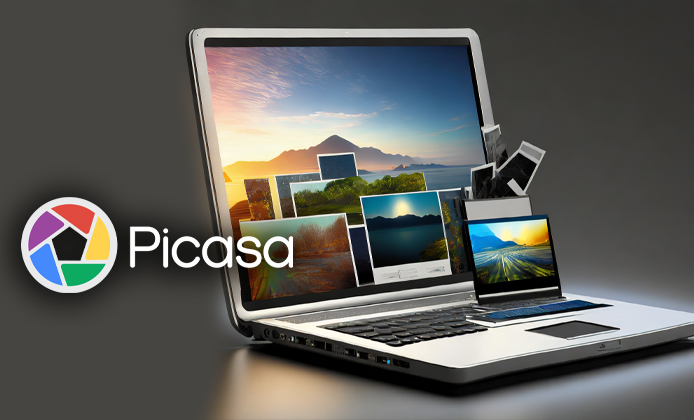As a software enthusiast, I've always been drawn to experimenting with unique and potent applications. One software that stood out and caught my interest was Picasa. Running it on my Linux system was a decision that I found absolutely rewarding.
The Prologue to Picasa's Journey on Linux
What fascinated me right from the beginning was a blend of Picasa's simplicity and its flair for flexible yet impressive results. Though Linux systems were not initially targeted by Picasa's parent company, believers in open-source like myself were not deterred. The thriving Linux Picasa community is a testament to this unwavering spirit.
The Adventure of Installation
The first step towards using any software is installation, and with Picasa on Linux, it was an adventure. The process was straightforward, and the unique environment cultivated by Linux only added to the excitement.
Picasa's Persuasive Power - Captivating Features
- Organisation of Images:
With Picasa, I found an efficient way to organize my extensive photo library. It could arrange my captured moments according to their chronological order or folders, a feature that I found extremely beneficial. - Easy Editing:
The application's editing suite was both robust and user-friendly. With it, I could enhance my photos' potential and aesthetic value with ease. - Sharing Made Simple:
Picasa made it simple and fun to share my favorite moments with my loved ones. With its integrated sharing features, I could relay my captured moments without any hassle.
A Reliable Successor
When the sun sets on one project, the dawn often rises on another. Even though Picasa has been discontinued, it brought to light other powerful photo management and editing tools. But being able to download Picasa for Linux in its time and witnessing its effectiveness first-hand allowed me to appreciate its impact on current platforms.




 An Insightful Exploration of Picasa Installation - A Beloved Software
An Insightful Exploration of Picasa Installation - A Beloved Software
 Experience Seamless Photo Management With Picasa on Your Windows 10 (64-bit) System
Experience Seamless Photo Management With Picasa on Your Windows 10 (64-bit) System
 Exploring the Features and Functionalities of the Latest Version of Picasa
Exploring the Features and Functionalities of the Latest Version of Picasa
 The Enthralling Experiences With Picasa on Linux
The Enthralling Experiences With Picasa on Linux
